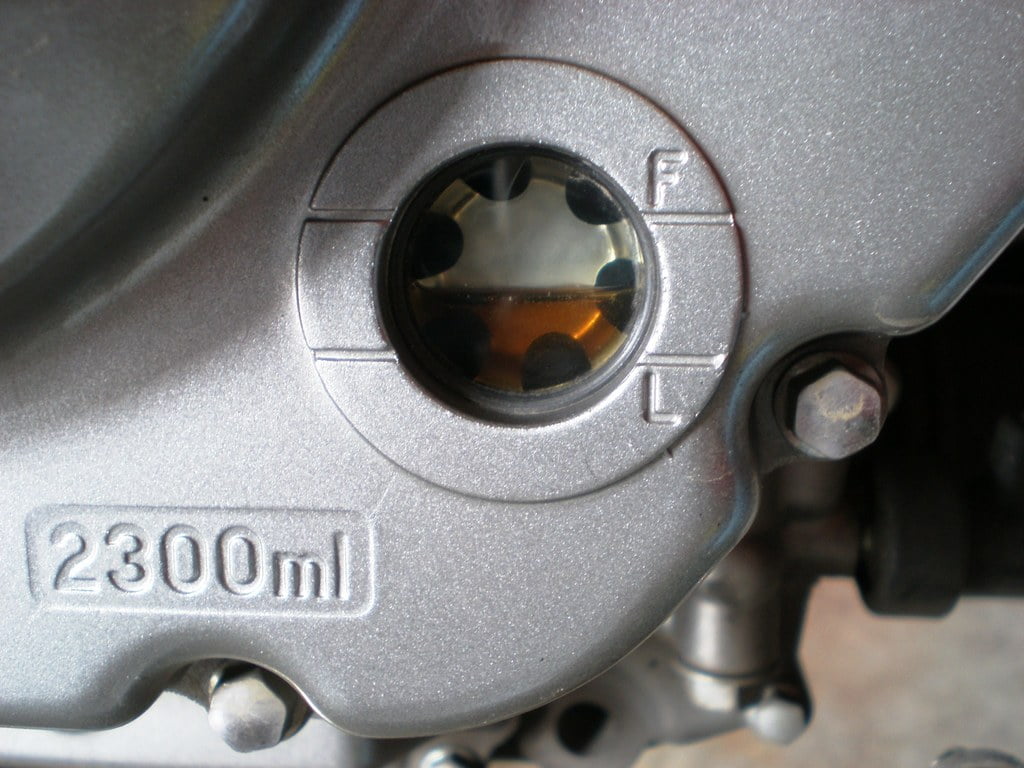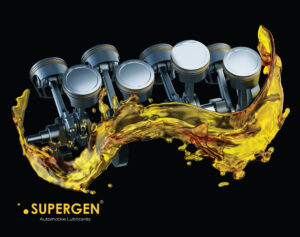Engine oil is an essential component of any bike since it ensures the smooth functioning of the engine, which in turn determines the health and performance of the bike as a whole. The engine oil lubricates the parts of the engine, thus preventing wear. It also protects the engine from rust, corrosion and other contaminants. In order for the engine oil to function well, bike owners need to change the oil from time to time. This is because over time, the oil becomes dirty and may even break down due to the heat of the engine. Furthermore, bike owners should always keep an eye on their oil levels, even between oil changes. The engine requires a minimum amount of engine oil to be present in it at all times, without which it cannot function well. Excessively low levels of engine oil can cause grinding noises or even engine seizure to occur.
Here are some causes of low oil levels in bikes:
The engine operates at high temperatures, especially when the bike is being ridden at high speed and for longer hours. This heat in the engine causes the engine oil to evaporate over time. This process is gradual and normal, and every engine loses a certain amount of oil to the evaporation process. However, this oil loss is marginal and does not affect the functioning of the engine.
Engines are prone to leakages, especially in case of older bikes. External leakages can cause engine oil to drip out and onto the ground near the bike. Similarly, internal leakages can cause the engine oil to get sucked into the combustion chamber and be burnt along with the air/fuel mixture. A leak can cause the oil levels to drop significantly and is the most common reason behind reduction in engine oil in an engine.
While reduction in oil levels can be caused by mainly the above reasons, there is a way to detect and fix the problem, by looking out for symptoms of low oil in the bike. Here is how you know you have low oil levels:
The best way to find out whether your bike is low on engine oil is to check the oil levels manually. Every bike has a dipstick or oil gauge that can be used to check whether there is sufficient amount of engine oil present in the bike. Bike owners should keep checking oil levels from time to time through the dipstick to keep the engine running well.
The main function of engine oil is lubrication of the internal parts of the engine. Thus, when a bike is low on engine oil, the lubrication gets affected first. Low oil levels will cause parts like the pistons and cylinders to grind on each other and create friction. This in turn will cause metallic, grinding noises to be heard from the engine.
As mentioned before, low oil levels cause a lack of lubrication and lead to friction being created between parts of the engine. Higher friction then leads to higher temperatures within the engine. If you notice the engine overheating and the temperature of the engine to be higher than what it normally is, then it can be because of the lack of engine oil.
Conclusion
Engine oil is the lifeblood of the bike. By protecting and lubricating the engine, it allows the bike to run smoothly and prevents severe engine damage. Every engine requires a certain minimum amount of engine oil to be present, for it to run well. Over time, the heat of the engine causes a small amount of engine oil to evaporate. Apart from this, internal and external leaks are the biggest causes for oil levels to drop down suddenly. Bike owners should keep a keen eye on their oil gauge and check engine oil levels from time to time. Apart from this, if you notice grinding noises or engine overheating, then it could indicate low oil levels in the engine. If the oil levels in your bike are low, you should get the leak fixed and the oil refilled immediately to avoid big engine issues like engine seizure, etc.









